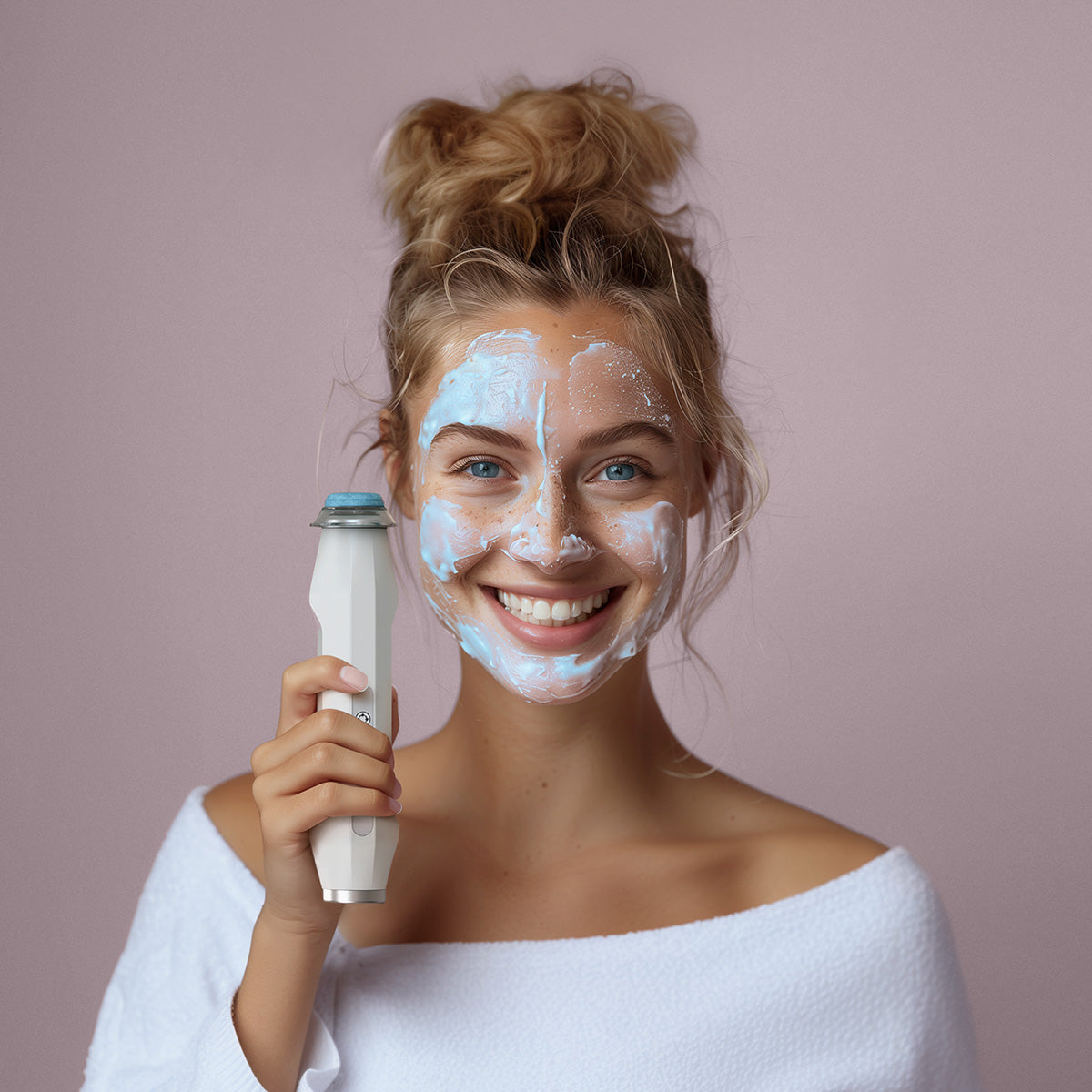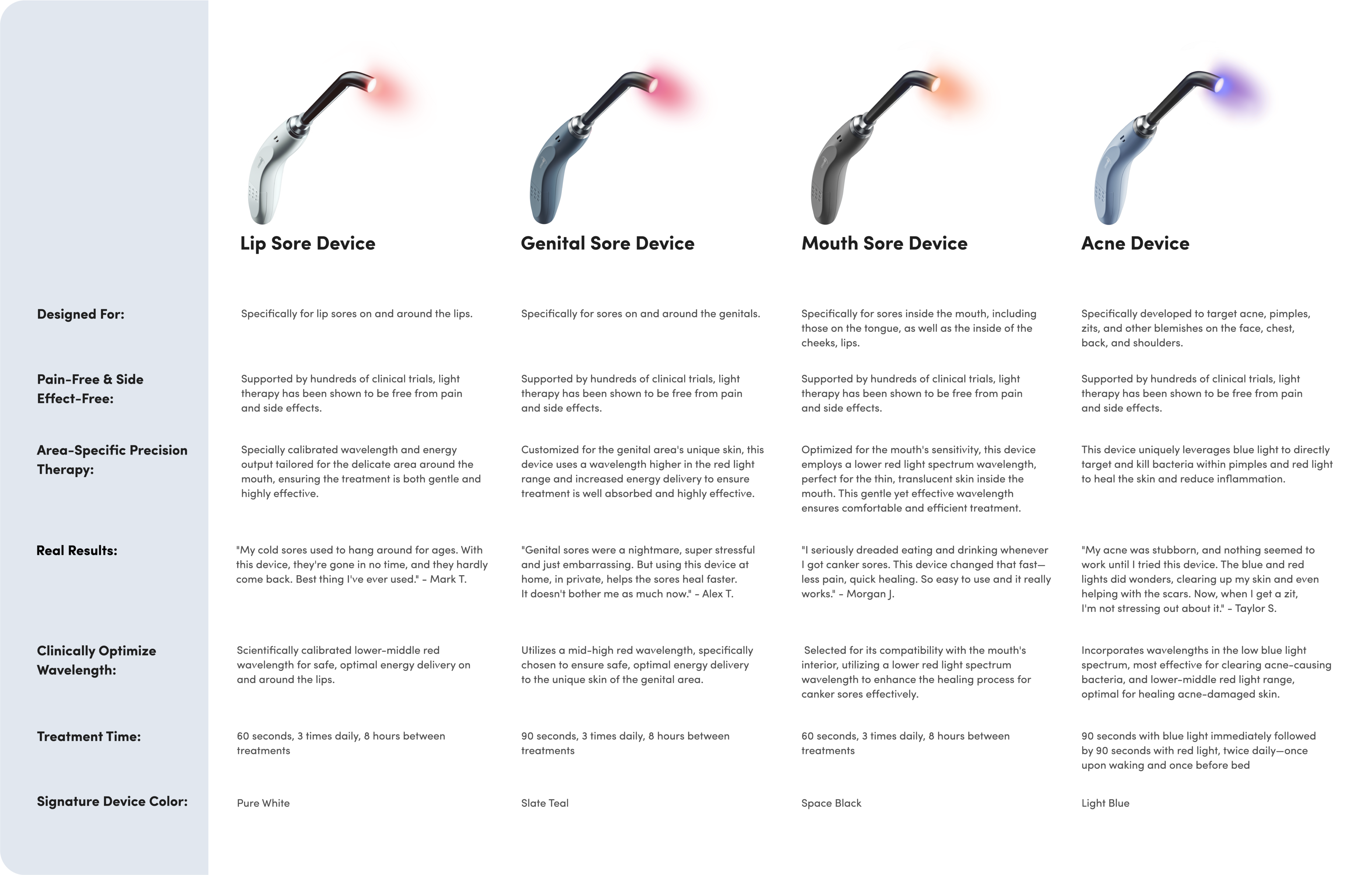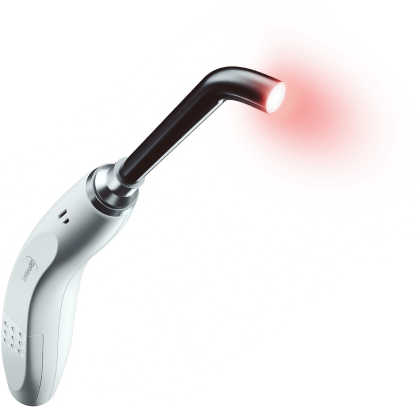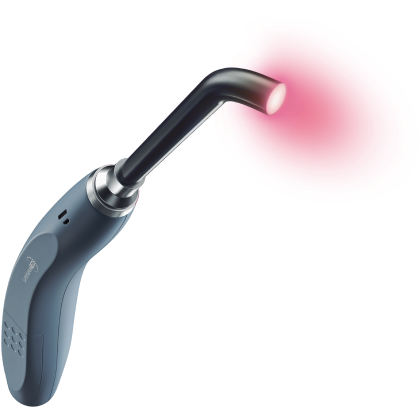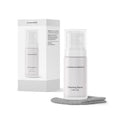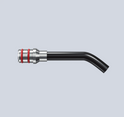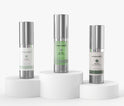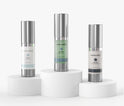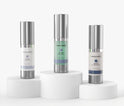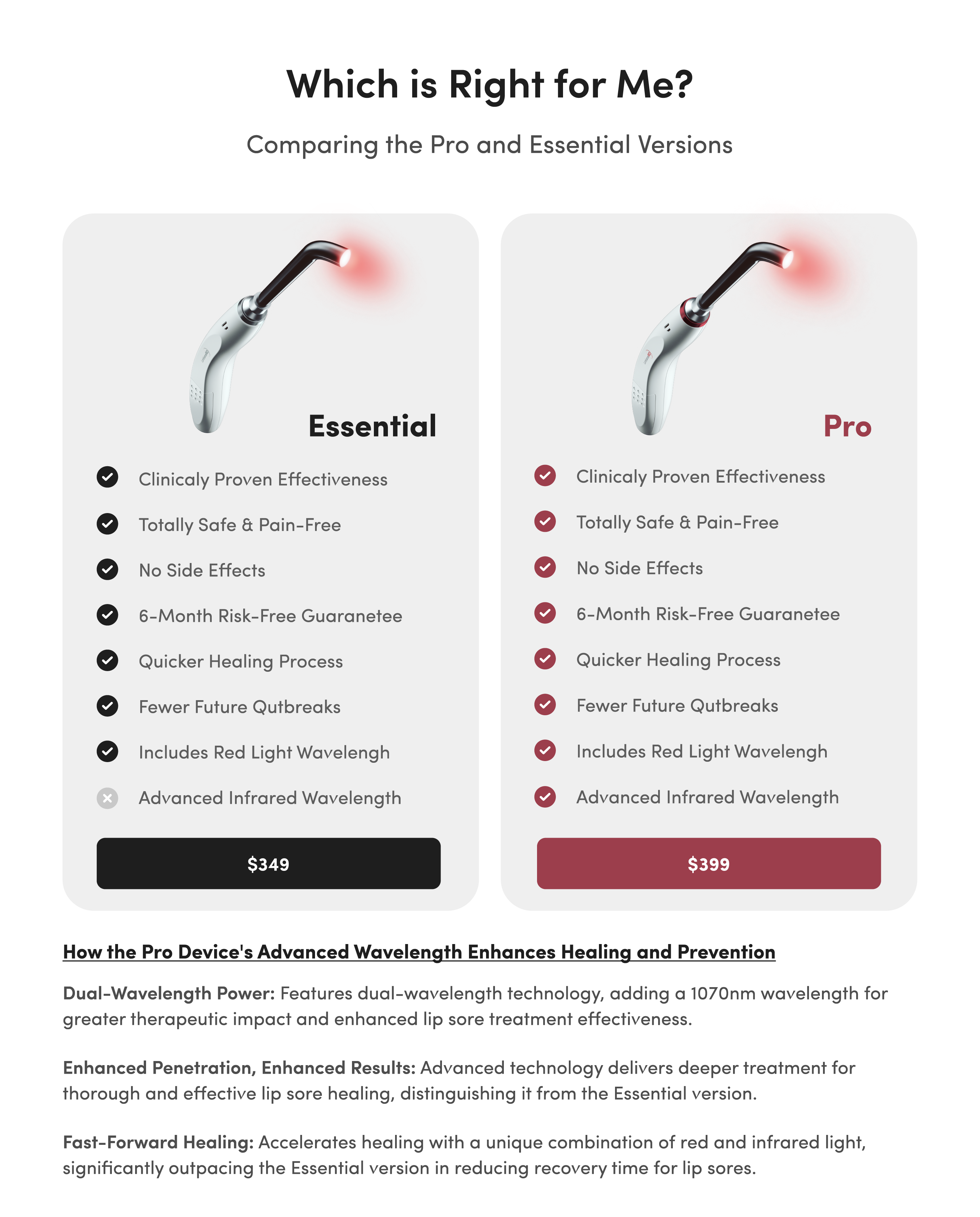Impetigo vs. Cold Sore: How to Care for Your Child's Skin Irritation
As a parent, understanding the differences between the various rashes, red spots, and sores your child might experience is important. While any of these irritations can be a cause for concern, these types of maladies can often be treated at home. Identifying the correct issue is key, because you want to begin the right treatment as soon as possible and relieve your child’s discomfort. In this article, we’ll take a side-by-look at impetigo vs. cold sores, two of the more common irritations your child may experience, so you can understand the differences in appearance, symptoms, and treatments options.
What is impetigo? What is a cold sore? What causes each issue?
Both impetigo and cold sores are common skin irritations that can affect children or adults. While outbreaks of either issue generally appear on the face, the resulting blisters from both disorders can form anywhere on the body.
Impetigo typically affects children between the ages of 2 and 5. The disorder is caused by two types of bacteria: group A Streptococcus and Staphylococcus aureus. Group A Streptococcus also causes strep throat and is the more frequent bacterial cause of impetigo. MRSA is a strain of Staphylococcus bacteria that is resistant to many antibiotics used to treat ordinary staph infections.
Cold sores commonly affect people of all ages and are a resulting symptom of the Herpes Simplex Virus (HSV). The virus has two types, HSV-1 and HSV-2, although HSV-1 is much more common, particularly in children. In fact, the World Health Organization (WHO) estimates that 67% of the world population under age 50 suffer from HSV-1.
Both impetigo and cold sores are contagious, so be sure to take preventative measures to reduce the risk of your child spreading their irritation to others. Limit their skin-to-skin contact with others, stop the sharing of utensils or food, wash sheets and linens before allowing others to use them, and ensure your child frequently wash their hands while contagious.
Impetigo or Cold Sore? Differences in appearance

A child with impetigo that has crusted over
In addition to your child’s face, impetigo most frequently forms on the arms, forearms, and diaper area. You’ll notice one of the three forms of the disorder if your child contracts impetigo:
- Crusted or non-bullous (the most common): This form results in red sores that quickly pop. After a couple days of oozing, they will form a yellow and brown crust over the affected area. This form is perhaps the most like a cold sore in appearance and lifecycle.
- Bullous: This type of impetigo will cause large, fluid filled blisters. Most typically found on your child’s body, the cloudy blisters associated with this type usually don’t burst as quickly as the other forms.
- Ecthyma: This is the most severe form of impetigo, resulting in more painful sores that develop into ulcer-like lesions on your child’s skin.

A child with a cold sore
Cold sores usually form on and around the mouth and lips. Also known as fever blisters, cold sores typically look the same from person to person. They begin with a tingle or an itch, form as a small fluid-filled blister or cluster of blisters, then “pop” and scab over. Distinguishing a visual difference between the non-bullous form of impetigo and cold sores can be difficult. In some cases, non-bullous impetigo blisters form in a much larger cluster and burst more quickly than cold sores; however, you should always ask a doctor if you are having trouble making a visual distinction between the two irritations.
Differences in Symptoms, Treatment, and Frequency of Occurrence
In its most common form, impetigo often looks worse than it feels. The non-bullous type does not cause much, if any, pain to your child; however, they may experience some itchiness once the blisters burst and crust over. To help protect from infection, you will want to discourage them from itching the scabs. Serious complications from impetigo are very rare, although kidney problems have been known to result one to two weeks after the sores heal. Of course, you should contact your child's doctor if your child makes you aware of any significant pain while suffering from impetigo.
Impetigo can be treated with antibiotics and, when identified early, heal within a week. Once treated, a child who suffered from impetigo will not experience a recurrence unless they contract the bacteria again. That is, the bacteria that causes impetigo will likely not stay in your child’s system for a significant length of time. Continue to take preventative measures to protect your child against future exposure to others with impetigo.
When your child suffers from cold sores rather than impetigo, they are more likely to develop pain and itchiness throughout the stages of an outbreak. They may even become seriously ill during their first cold sore outbreak. Furthermore, because there is no true cure to HSV-1 or HSV-2, children with cold sores are much more likely to suffer recurring outbreaks.
Despite the lack of a permanent cure, treating your child’s cold sores can effectively ease their pain, speed up the healing process, and extend the amount of time between recurring outbreaks. We suggest the Luminance RED, an FDA registered device that uses LED-Low Level Laser Therapy to naturally boost your child’s immune response against HSV-1.
Still Unsure? Ask your doctor
Always ask your child's doctor if you’re unsure what your child may be experiencing. Outside of these two skin ailments, there are many others, such as chicken pox, eczema, poison ivy rashes, or insect bites. Nothing is more important than the health of your child, and receiving proper treatment is crucial.
If you determine your child has contracted HSV-1 and is experiencing cold sores, take a closer look at the Luminance RED and how it works. Available clinical data related to LED-Low Level Laser Therapy treatment doesn’t indicate any known negative side effects in children. If you have any further concerns, we suggest you reach out to your child’s doctor directly and discuss the treatment with them for final approval. That way, you can be one hundred percent confident in using the Luminance RED to provide canker sore relief for your kids.
Want to begin treatment ASAP? Visit our store to order the Luminance RED for effective cold sore treatment and prevention today.
Canker Sore Prevention
Of course, it's ideal to never have to deal with canker sores in the first place. There are several things that you can do in order to decrease the likelihood that you'll experience a recurring canker sore problem. Paying attention to your triggers (such as certain foods, excess emotional stress, or poor nutrition) can help you to make small lifestyle changes that help your body fight the formation of canker sores.
When you feel a canker sore coming on, it's key to take steps to fight it right away. Using the Luminance RED and/or a saltwater rinse at the first feeling of a canker sore may stop the sore from ever appearing.
Canker Sore Healing: What to Expect
Most canker sores eventually go away completely and leave no scar behind. Some canker sores may leave a scar, particularly if they're especially large or if several of the sores appear in one place. The scar may be lighter than the surrounding tissue, or may heal as a dark, hyperpigmented spot. Continue using your canker sore treatment until you no longer feel or see the effects of the sore in order to help your body through the healing process.
When to See a Doctor
Most canker sores go away in time, and medical treatment is typically not necessary. However, if you find that you have canker sores that don't go away, your canker sores are large, or you're unable to eat, drink, and/ or speak due to your canker sore, it's a good idea to seek the advice of a medical professional. While not typically the case, recurring canker sores can sometimes be caused by a serious health issue. Your doctor may want to run tests to rule out potential canker sore causes.



